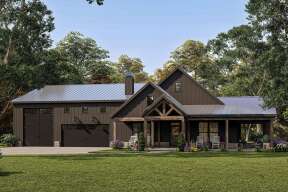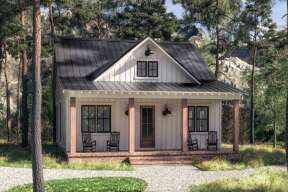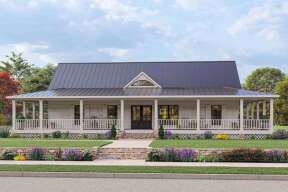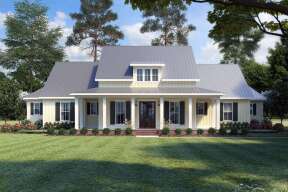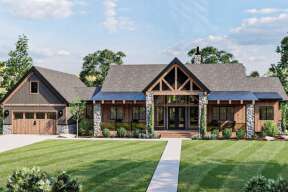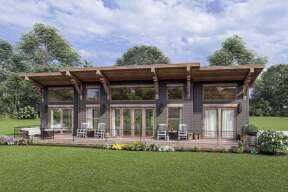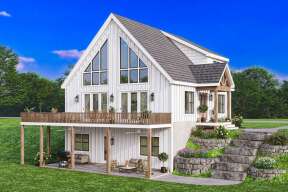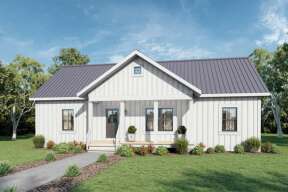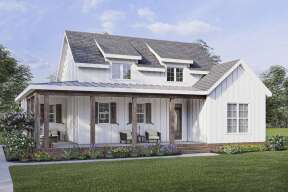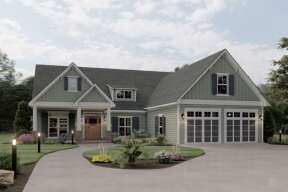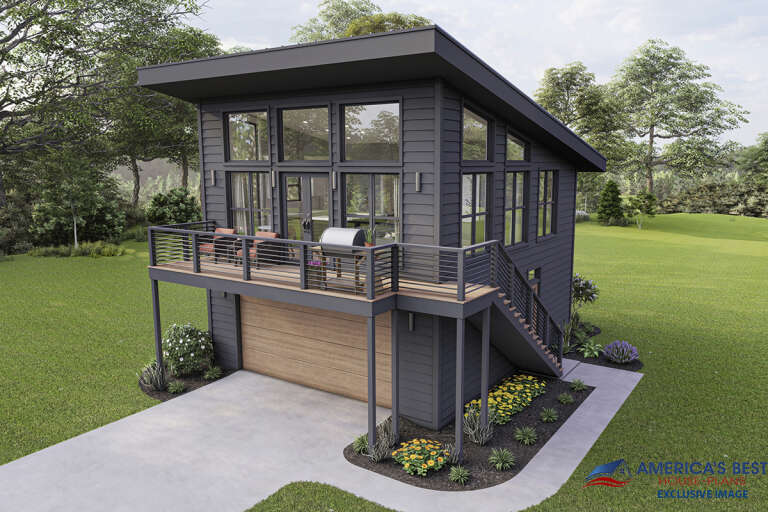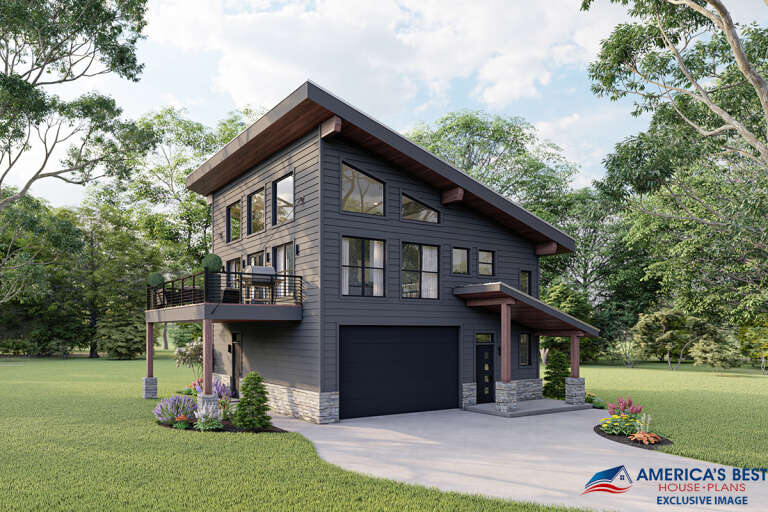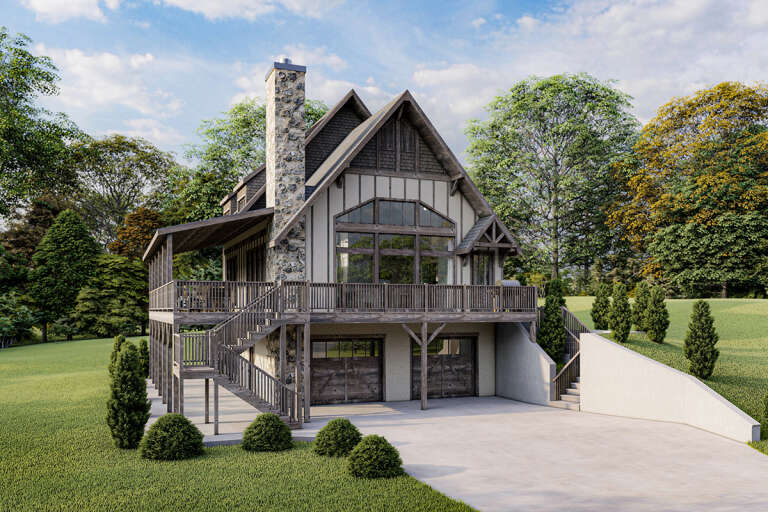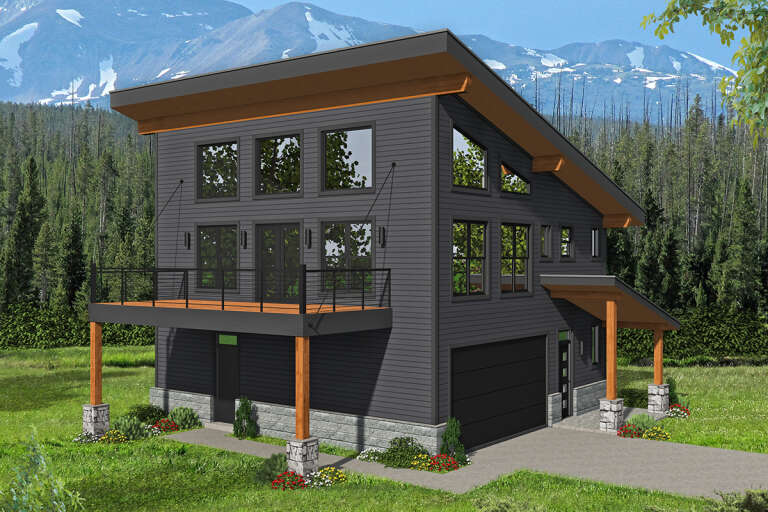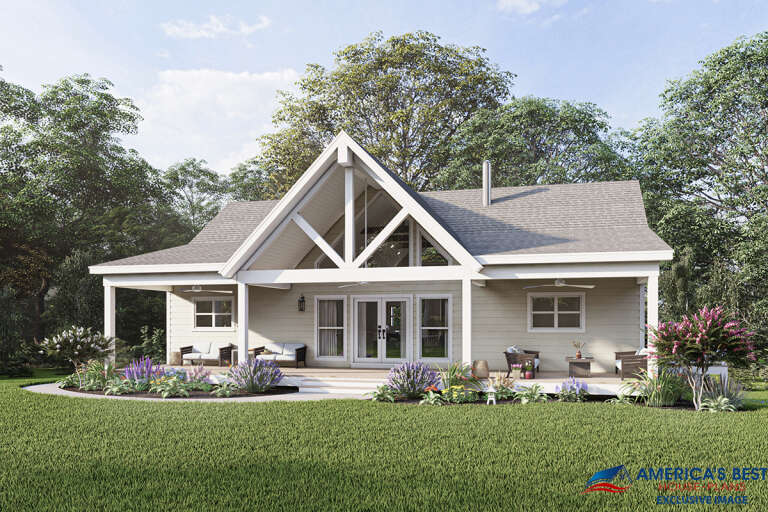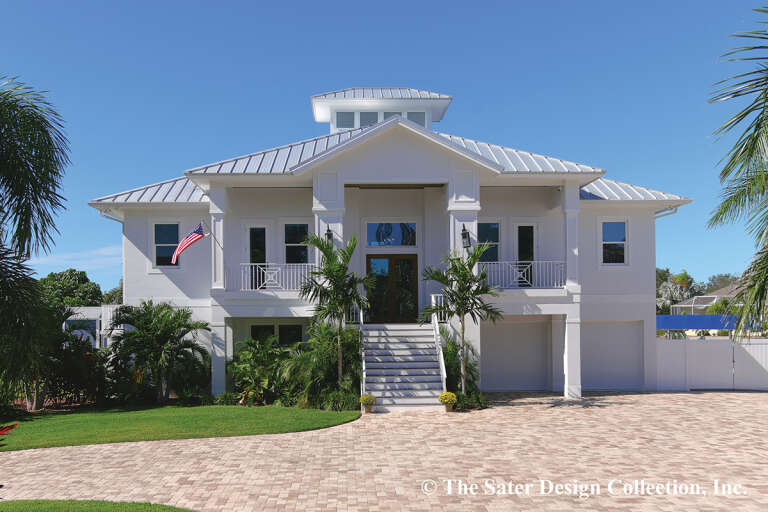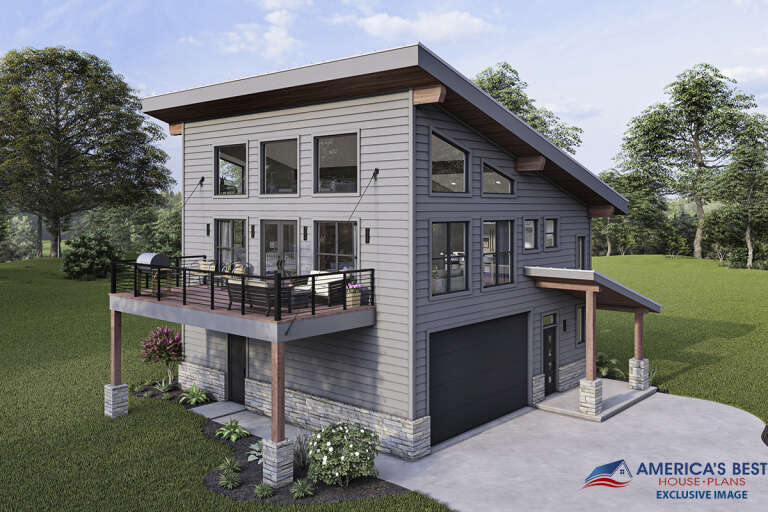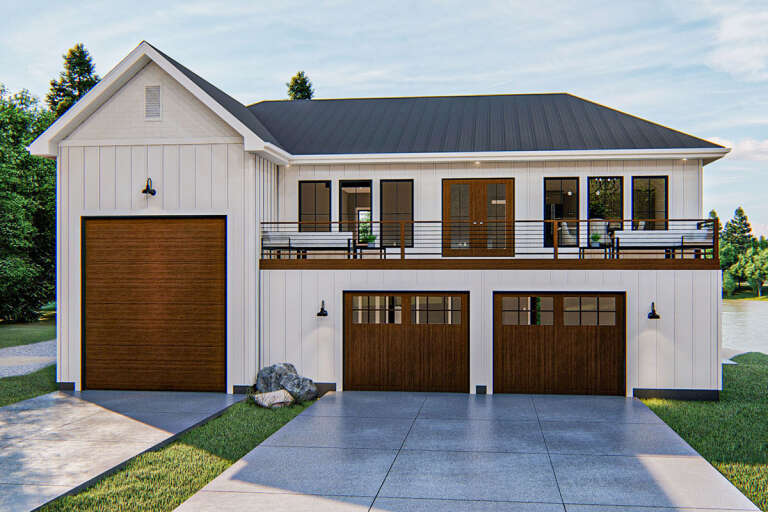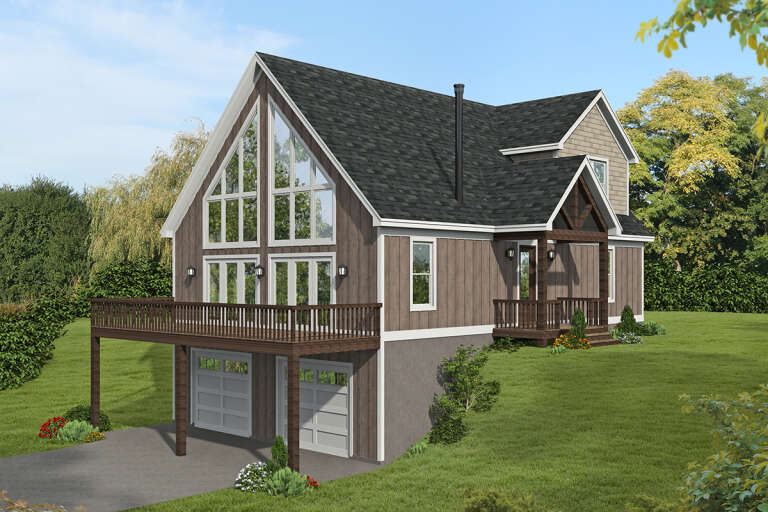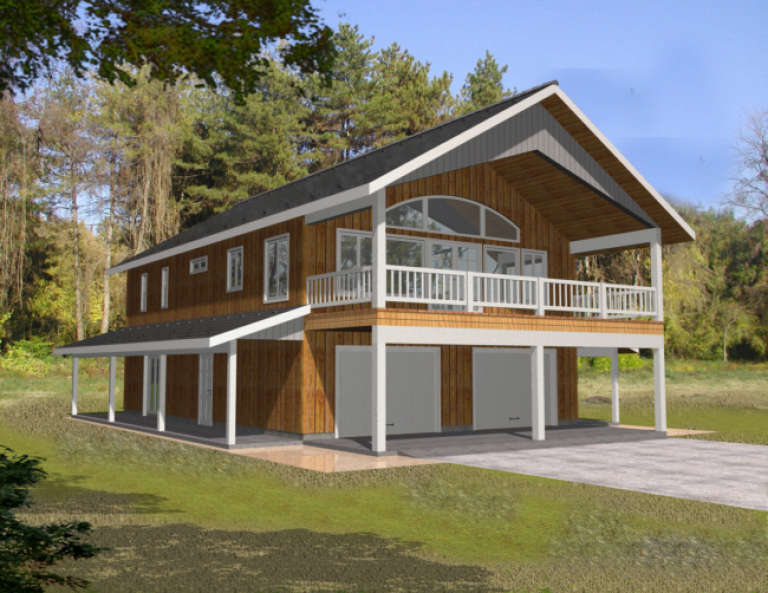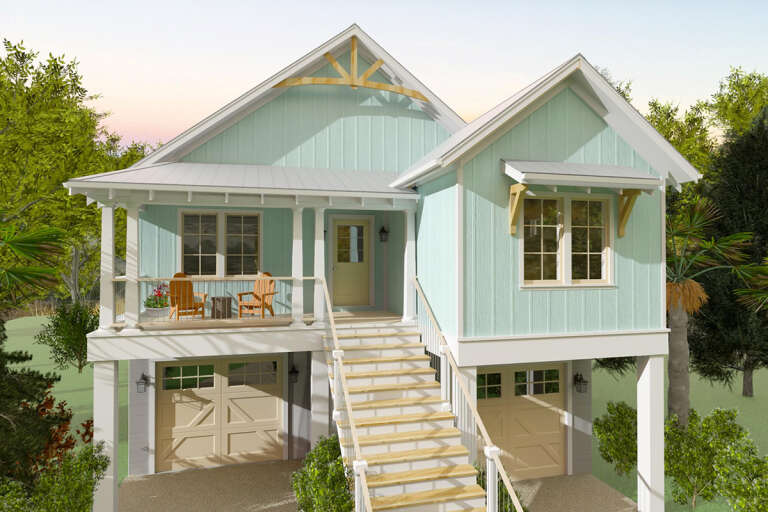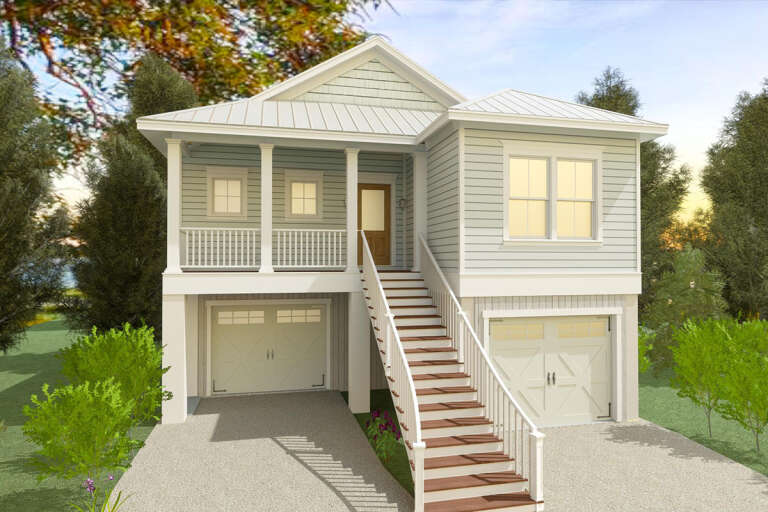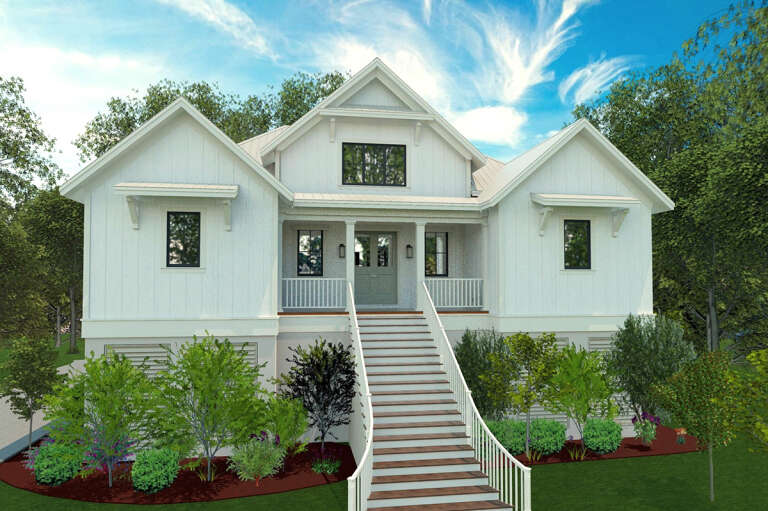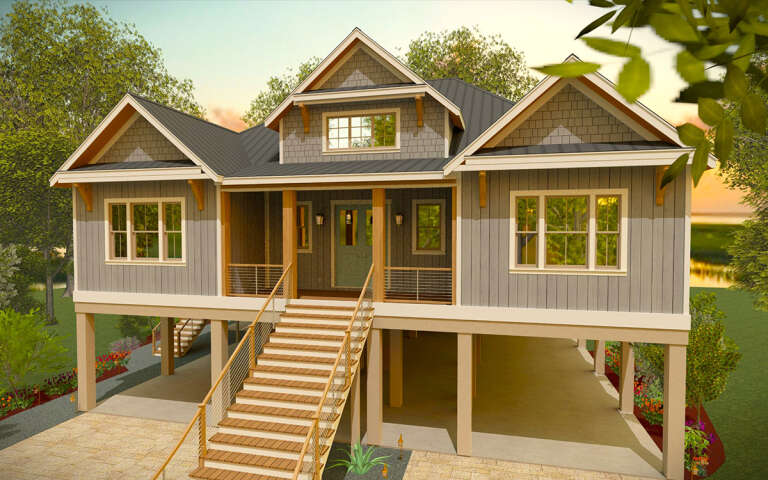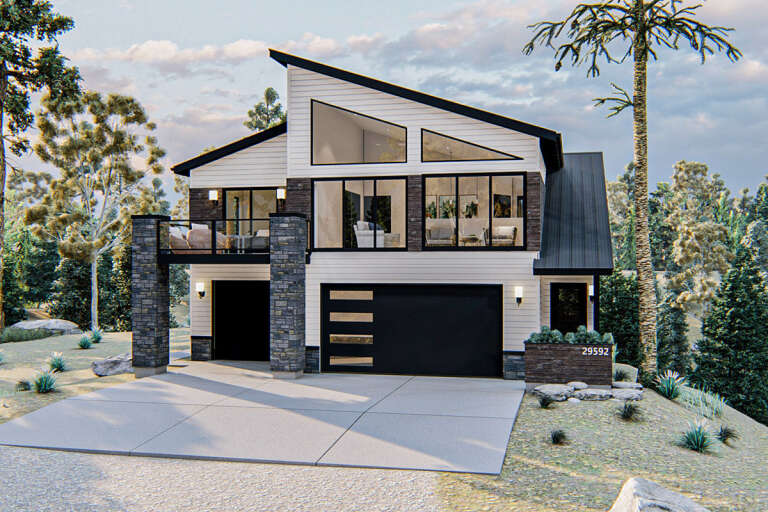437 Results
Drive Under House Plans FAQ
What is a drive under?
Simply put, a drive-under-house plan offers parking under the living space of a home. It's typically accessible through the front of the house and has a set of stairs leading up to the second floor, where the home's living space is located. For ADA accessibility, some homes have elevators from the drive-under garage to the house above.
What is a drive-under lot?
Most drive under lots that way by necessity due to the terrain or climate of the region. For example, a drive-under lot is frequently built on a hillside or sloped terrain because it allows you to take advantage of more terrain that you might not usually be able to build on if the level was more than just for parking and outdoor storage.
Another region where drive-under lots are frequently found is along coasts where flooding is dangerous. Establishing a house with a garage underneath or an open parking area as the home's first level allows water to safely pass under the home and cause much less damage to the living areas of the house in the event of a flood.
What is it called when the garage is under the house?
Several different terms are used to describe a garage under the house, including basement garage, tuck under garage, or drive under garage.
Can you build a garage under a house?
Yes, you can build a garage under a house. America's Best House Plans has hundreds of designs; whether it's for beach house plans with a garage underneath or mountain house plans with a garage beneath, there is a house style with a drive-under garage incorporated.
Suppose you have an existing home and would like to build a garage under your home. In that case, that is going to depend on a variety of factors, including the existing foundation of your home, the support structure on the floor of your existing first floor, and whether you'll be able to lift your entire home high enough to add the height needed to add the garage. Adding a drive-under garage to an existing home at some point becomes cost prohibitive.
Are underground garages expensive?
Building an underground garage is more expensive than a standard garage, mainly because the materials used must support the entire home, so the building code will require steel instead of simple wood or brick. Additionally, in house plans with a basement garage, more than a simple foundation, the earth must be removed, then the foundation laid, which requires specialty labor and materials.
.png)


